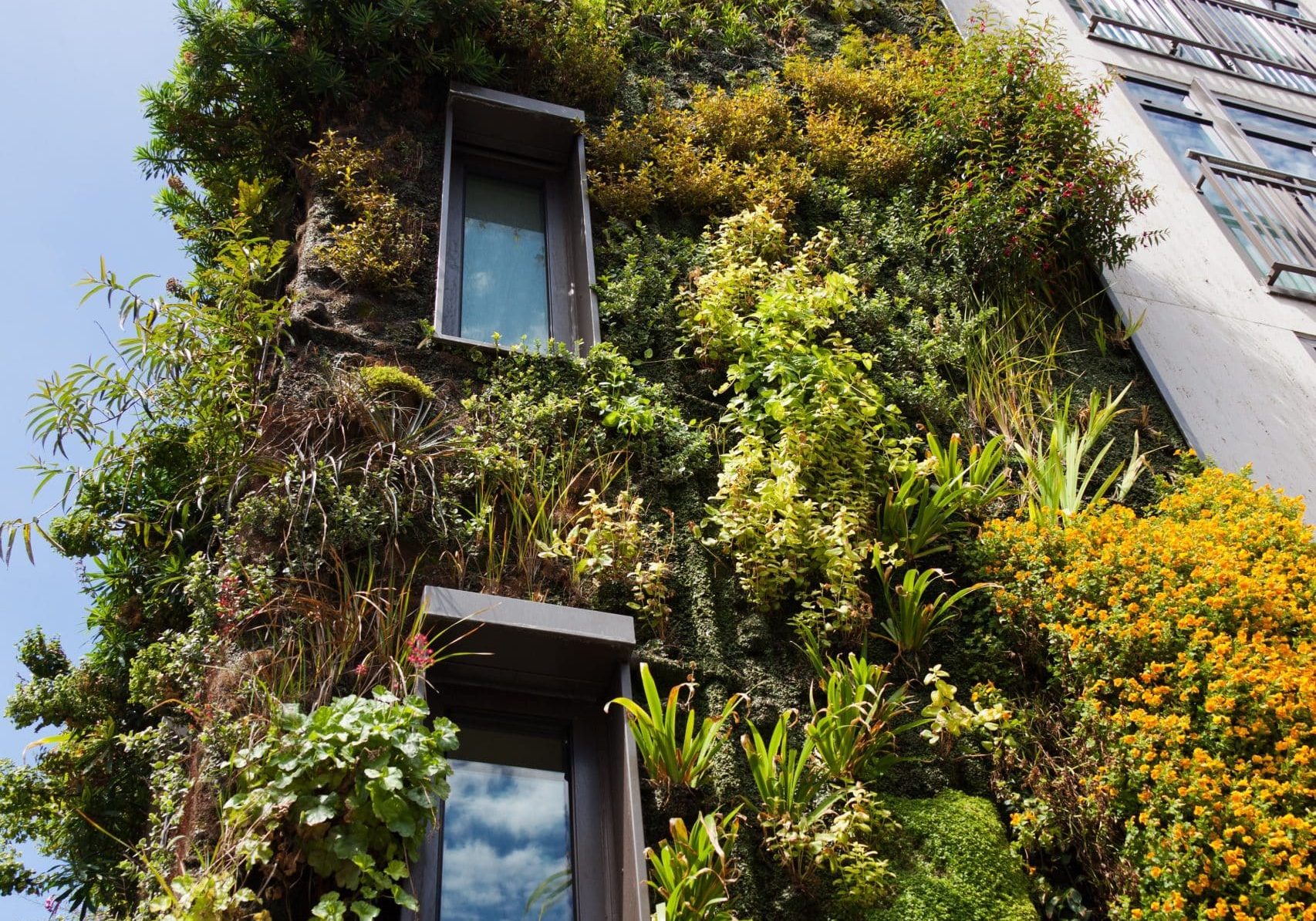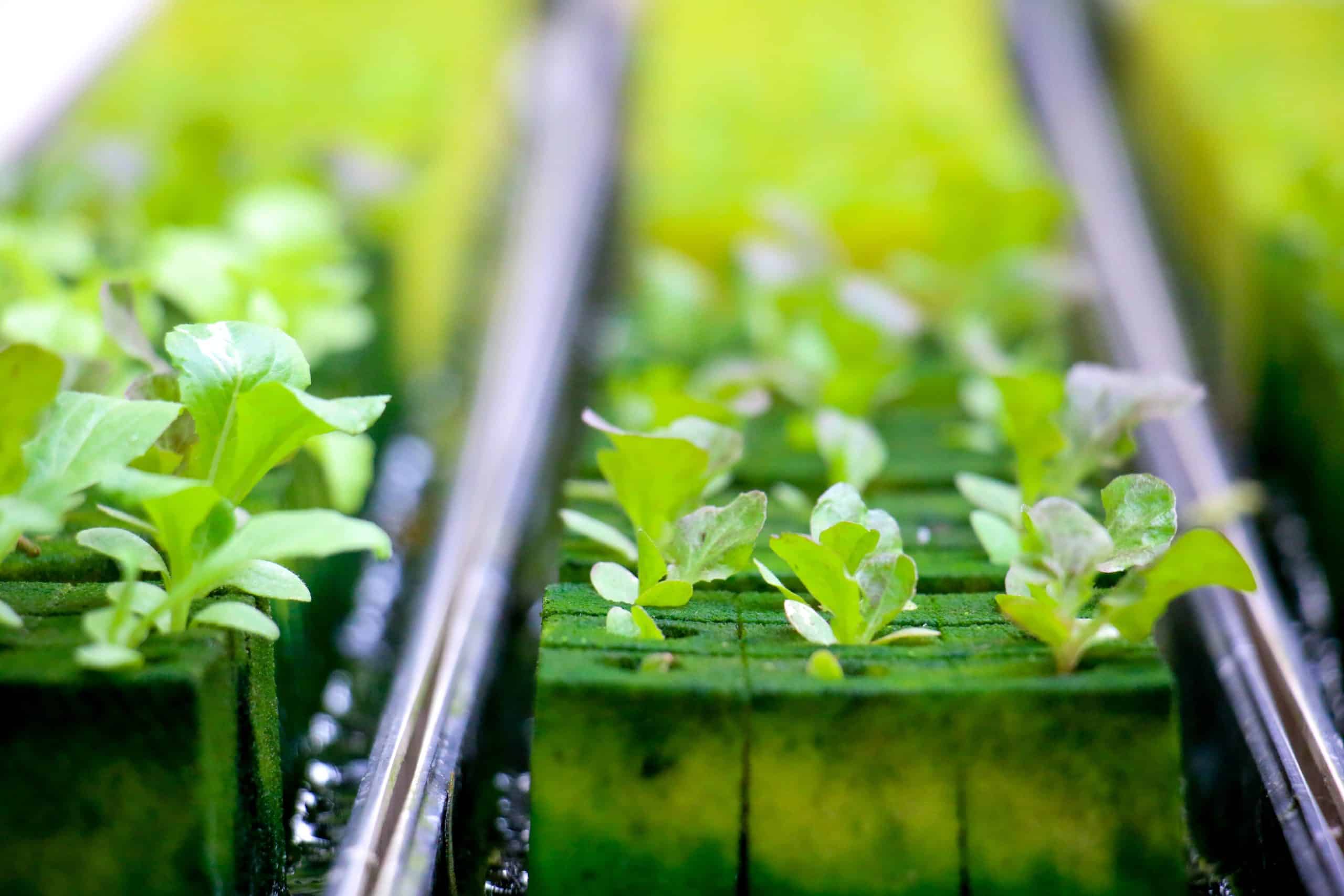Welcome to the Self-Guided Lesson on Hydroponic Vertical Gardening
In this lesson, we will explore the fascinating world of hydroponic vertical gardening for individuals who desire self-sufficiency and aim to reduce their carbon footprint. The goal of this lesson is to help you understand the basics of hydroponics, a sustainable and innovative method of growing plants without soil.
What You Will Learn
By the end of this lesson, you will have a good understanding of the fundamental principles of hydroponic vertical gardening, how it works, the benefits it offers, and the steps involved in setting up your own hydroponic system. You will also gain insights into how hydroponics can help you grow fresh produce efficiently while minimizing environmental impact.

Hydroponics is a method of growing plants without soil, using nutrient-rich water instead. This technique allows for more efficient use of space, water, and nutrients compared to traditional soil-based gardening. In hydroponic systems, plants receive the nutrients they need directly through water, which is constantly recirculated to minimize waste.
Vertical gardening takes hydroponics a step further by utilizing vertical space to maximize the number of plants that can be grown in a small area. Vertical gardens are ideal for those with limited space, as they can be set up on walls, fences, or in small urban areas. By going vertical, you can grow a wide variety of plants in a compact space while also creating a visually appealing green wall.
Combining hydroponics and vertical gardening is a sustainable way to grow your own food, reduce your carbon footprint, and strive for self-sufficiency. By understanding the basics of hydroponics and how it can be adapted to vertical gardening, you can create a thriving garden that produces fresh, healthy produce year-round.
Hydroponic vertical gardening is a sustainable and efficient way to grow plants without soil, making it an ideal choice for individuals seeking self-sufficiency and aiming to reduce their carbon footprint. Understanding the benefits of hydroponics can motivate you to start your own vertical garden and contribute to a more eco-friendly lifestyle.
One of the key advantages of hydroponics for self-sufficiency is the ability to grow fresh produce in limited spaces. Vertical gardening allows you to maximize your growing area, making it possible to cultivate a variety of plants even in small living spaces or urban environments. By growing your own fruits, vegetables, and herbs through hydroponics, you can reduce your dependence on store-bought produce and have a sustainable source of fresh, organic food at your fingertips.
Furthermore, hydroponic systems are known for their water efficiency, making them an environmentally friendly option for gardening. Unlike traditional soil-based methods, hydroponics uses a recirculating system that conserves water by delivering nutrients directly to the plant roots. This not only saves water but also minimizes the risk of nutrient runoff, which can have harmful effects on the environment.
In addition to promoting self-sufficiency and water conservation, hydroponic vertical gardening offers a significant advantage in reducing your carbon footprint. By growing your own food at home, you can eliminate the need for transportation and packaging associated with store-bought produce. This means fewer carbon emissions from transportation vehicles and less plastic waste from packaging, contributing to a more sustainable way of living.
Overall, understanding the benefits of hydroponics for self-sufficiency and reducing your carbon footprint can inspire you to take the first steps towards setting up your own vertical garden. By embracing this innovative gardening method, you can enjoy fresh, healthy produce while making a positive impact on the environment.
When setting up a hydroponic vertical garden, there are essential components that you will need to ensure the success of your gardening project. Understanding these basic components is crucial for creating a thriving hydroponic system.
1. Vertical Structure: The first component you will need is a sturdy vertical structure to support your hydroponic system. This structure should be able to hold the weight of the plants, growing medium, water reservoir, and any additional equipment. Consider using materials like PVC pipes, metal frames, or wooden shelves to construct your vertical garden.
2. Water Reservoir: A water reservoir is necessary to provide the plants with a constant supply of nutrient-rich water. Choose a reservoir that is large enough to hold an ample amount of water for your plants to thrive. You can use a plastic container, bucket, or tank as a water reservoir for your hydroponic system.
3. Growing Medium: The growing medium is the material that supports the plant roots and helps maintain moisture levels in the hydroponic system. Common growing mediums used in vertical hydroponic gardens include perlite, vermiculite, coconut coir, or rockwool. Select a growing medium that suits the needs of your plants and allows for proper root aeration.
4. Nutrient Solution: Nutrient solutions are essential for providing plants with the necessary nutrients they need to grow and thrive in a hydroponic system. You can either purchase pre-made nutrient solutions or create your own by mixing water with hydroponic nutrients according to the instructions provided.
5. Light Source: Since vertical gardens may not receive direct sunlight, it is crucial to have a reliable light source to ensure the healthy growth of your plants. LED grow lights are a popular choice for indoor hydroponic systems as they provide the necessary spectrum of light for plant growth while being energy-efficient.
By understanding and assembling these basic components, you will be well on your way to setting up a successful hydroponic vertical garden that promotes self-sufficiency and reduces your carbon footprint.
When it comes to hydroponic systems suitable for small spaces, there are several options to consider. Each type has its own advantages and challenges, so it's essential to choose the one that best fits your needs and space constraints. Here are some common hydroponic systems ideal for small spaces:
1. Nutrient Film Technique (NFT): This system involves a shallow stream of nutrient solution flowing along a channel, with the plant roots suspended in the solution. NFT systems are great for small spaces as they are compact and use minimal water and nutrients.
2. Deep Water Culture (DWC): In this system, plants are grown in a reservoir filled with nutrient solution, with the roots directly immersed in the water. DWC systems are easy to set up and maintain, making them suitable for beginners in small spaces.
3. Vertical Tower Systems: Vertical hydroponic systems utilize vertical space by stacking plant containers on top of each other. These systems are excellent for small spaces as they maximize growing area while minimizing the footprint.
4. Aeroponics: Aeroponic systems mist the roots of plants with a nutrient solution, allowing for efficient nutrient uptake. Aeroponic systems are compact, ideal for small spaces, and provide excellent aeration to the roots.
Each of these hydroponic systems has its unique characteristics and benefits. By understanding the basics of each type, you can choose the system that best suits your space limitations and self-sufficiency goals.
When it comes to maintaining a successful hydroponic vertical garden with minimal water usage, there are several practical tips to keep in mind. These tips can help you achieve self-sufficiency and reduce your carbon footprint:
1. Choose the right plants: Opt for plants that are well-suited for hydroponic systems and vertical gardening. Leafy greens, herbs, and certain fruits like strawberries tend to thrive in these setups and require less water compared to traditional soil-based gardening.
2. Implement a drip irrigation system: Drip irrigation delivers water and nutrients directly to the plant roots, minimizing water wastage. Set up a timer to control the frequency and duration of watering sessions, ensuring that each plant receives the right amount of moisture.
3. Monitor pH and nutrient levels: Regularly check the pH levels of your nutrient solution and adjust as needed to ensure optimal nutrient uptake by the plants. Maintaining the right nutrient balance can help prevent water wastage and promote healthy growth.
4. Mulch and cover exposed surfaces: Mulching the top layer of your growing medium can help reduce evaporation and retain moisture, minimizing the need for frequent watering. Additionally, covering exposed surfaces with materials like plastic or fabric can further prevent water loss through evaporation.
5. Recycle and reuse water: Collect and reuse excess water runoff from your hydroponic system to water other plants or for non-edible purposes. Implementing a closed-loop water recycling system can significantly reduce water consumption and contribute to a more sustainable gardening practice.
By following these practical tips, you can maintain a successful hydroponic vertical garden with minimal water usage, allowing you to achieve your self-sufficiency goals while reducing your carbon footprint.

Embracing Self-Sufficiency and Sustainability
As we conclude our exploration of hydroponic vertical gardening for individuals seeking self-sufficiency and a low carbon footprint, it is essential to emphasize the significance of understanding the basics of hydroponics. By grasping the fundamentals, you unlock the potential of utilizing small spaces and minimal water to produce an abundance of fresh, home-grown food.
Empowering Yourself Through Knowledge
Remember, the journey towards self-sufficiency and sustainability starts with education. Whether you are new to hydroponics or looking to deepen your understanding, revisiting this lesson can provide valuable insights. Additionally, make use of the other lessons in this course to further enhance your skills and knowledge in this eco-friendly gardening practice.
By taking these steps, you are not only enriching your own life but also contributing to a greener, more sustainable future for all. Let your curiosity and dedication guide you towards a more self-sufficient and environmentally conscious way of living.
Glossary Terms from Lesson 1: Understanding The Basics of Hydroponics
Aeroponics: (air·o·pon·ics), [air-uh-PON-iks], (noun); A hydroponic method where plants are grown in an air or mist environment without the use of soil.
Balcony: (bal·co·ny), [BAL-kuh-nee], (noun); An elevated platform or gallery attached to the outside of a building, enclosed by a railing or balustrade.
Drip System: (drip sys·tem), [drip SIS-tum], (noun); A hydroponic system that delivers nutrient solution to plants through small tubes or emitters, dripping onto the base of each plant.
Ebb and Flow System: (ebb and flow sys·tem), [eb and floh SIS-tum], (noun); A hydroponic method, also known as flood and drain system, where the plant roots are periodically flooded with nutrient solution and then drained away.
Herb: (herb), [hurb (US), urb (UK)], (noun); A plant or plant part valued for its medicinal, savory, or aromatic qualities.
Hydroponics: (hy·dro·pon·ics), [hy-droh-PON-iks], (noun); A method of growing plants without soil, using mineral nutrient solutions in water.
Nutrient Film Technique (NFT): (nu·tri·ent film tech·nique), [NOO-tree-ent film tek-NEEK], (noun); A hydroponic system where a thin film of nutrient solution continuously flows over the plant roots.
Nutrient Solution: (nu·tri·ent so·lu·tion), [NOO-tree-ent soh-LOO-shuhn], (noun); A liquid mixture containing essential minerals and nutrients dissolved in water, used in hydroponics to feed plants.
Pesticide: (pes·ti·cide), [PES-tuh-syd], (noun); A substance used to kill pests, especially insects.
pH Balance: (pH bal·ance), [pee-eych BAL-uhns], (noun); The level of acidity or alkalinity of a solution, measured on a scale of 0 to 14.
Recirculate: (re·cir·cu·late), [ree-SUR-kyuh-layt], (verb); To cause a fluid to flow in a closed system, passing through one or more filters or processes and then back to its starting point.
Reservoir: (res·er·voir), [rez-uh-VWAHR], (noun); A container or natural basin where fluid (especially water) is collected or stored.
Self-Guided: (self·guid·ed), [self-GY-ded], (adjective); Describing a task or activity in which an individual directs their own efforts and determines their own pace or direction.
Soil-Based: (soil·based), [soyl-bayst], (adjective); Pertaining to or involving the use of natural soil for plant growth.
Urban Agricultural Challenges: (ur·ban ag·ri·cul·tur·al chal·leng·es), [UR-buhn ag-ri-KUL-chur-uhl CHAL-en-jiz], (noun phrase); Difficulties or problems related to farming and food production in city or town environments, often due to space constraints, pollution, or infrastructure.
Vertical Gardening: (ver·ti·cal gar·den·ing), [VUR-ti-kuhl GARD-ning], (noun); A technique of growing plants in a vertical arrangement, such as on walls or in stacked layers.
Water Conservation: (wa·ter con·ser·va·tion), [WAW-ter kuhn-sur-VAY-shuhn], (noun phrase); The careful use and protection of water resources to prevent wastage and ensure sustainable use.
Lesson 1 Quiz Questions
Lesson 1 quiz questions:
- What is Hydroponics?
- a) A method of growing plants in soil with added nutrients.
- b) The science of water preservation in gardens.
- c) A technique where plants are grown in air or mist environments without soil.
- d) A method of growing plants without soil, using mineral nutrient solutions in water.
- Which hydroponic system involves periodically flooding the plant roots with a nutrient solution and then draining it away?
- a) Aeroponics
- b) Drip System
- c) Ebb and Flow System
- d) Nutrient Film Technique (NFT)
- Why is hydroponic vertical gardening considered more sustainable in terms of water usage compared to traditional gardening?
- a) Because it uses more advanced water filters.
- b) Due to the recycling of water in the system, leading to minimal wastage.
- c) Because hydroponic plants naturally need less water.
- d) It relies on rainwater collection.
